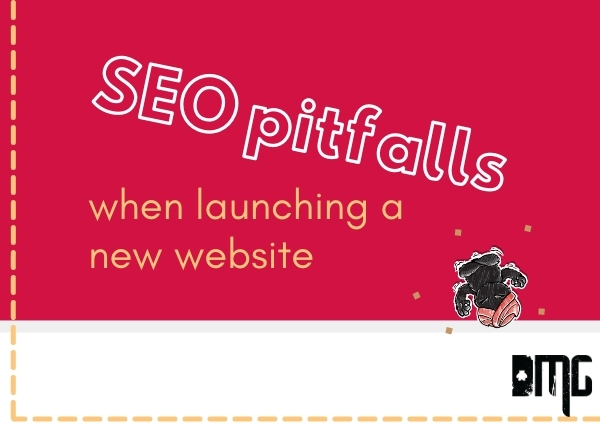SEO pitfalls when launching a new website
 https://www.omahamediagroup.com/images/uploads/monster_gallery/Omaha-Media-Group-Black.jpg
https://www.omahamediagroup.com/images/uploads/monster_gallery/Omaha-Media-Group-Black.jpg

A website redesign is a common practice in our industry. With a number of digital strategies that all lead back to a company’s website and growing consumer expectations, a modern, responsive website is necessary to continue to evolve in the digital landscape.
However, a website redesign is a massive undertaking and is not something that can happen overnight. On average, a website design and development project takes about six weeks to complete, and that is with minimal changes and fast response times, it can take even longer if those factors are changed. The most common pitfalls of a website redesign project is hurting any SEO strategies that are currently in place.
Our Dallas SEO consultants have worked with clients on the transition of their website for a redesign project, and the most common issue is hurting your own website traffic and SEO in the long-term because of past mistakes. These are the most common SEO pitfalls you want to avoid during the website redesign process.
Lack of redirects
One of the most common mistakes is transferring everything over to the new website with no redirects from the old website. Any URL changes need to have a redirect to tell search engines and users alike that there has been a change and to go to the updated pages. Even if the old pages are being deleted, you don’t want to simply delete them.
Where is the most relevant new page that these pages should redirect to? If you reduce your service pages, what redirects should happen? It can redirect to the main service page or the most related pages. Our Dallas SEO consultants always tell clients to never just delete content without having redirects in place because you could lose your hard earned rankings.
Changing content and removing keywords
When content is changed, most of the time, our experts notice that the site’s navigation changes along with it. And all of a sudden, the new page is “water damage repair” without a redirect from the original “flood restoration” and it’s the same content. The content might be the same, but if it is rearranged, you find a common pitfall here.
The little things start to add up to a big mistake, the content was moved from one service page to another, with keywords gone and the URL structure changed and no direct, wowzer. That is a lot of cleaning up to do! Not only does this hurt content, but it affects keywords.
Keywords are the backbone of ranking on search engines, and unless the company before was working on black hat SEO services, removing keywords without a new strategy in place is a major pitfall.
This is because, depending on the placement of the keywords, those keywords could have been bringing in a majority of your website traffic. And if those keywords are removed from various places, the hours spent optimizing the old website properly and increasing the website traffic and leads to the website is going to be a bit difficult now.
This moves right into the next pitfall, changing URL structure, but not making sure the redirects are in place. (Hint: URLs normally have keywords within them.)
Changing URL structures
URLs are imperative for your website and SEO strategy alike, and companies need to be cognizant of their URLs, folders and subfolders when in the process of a website redesign. Changing a URL structure, especially if not necessary, with no redirects in place, can “flatline” the page in Google’s ranking.
The biggest thing to remember during this entire process is if you need to change the URL structure, redirect, redirect and redirect some more. It happens quite a bit, but without proper strategies, it hurts SEO.
Make sure to prioritize SEO during your website redesign!
Our Dallas SEO consultants can provide you with SEO strategies, and best practices for SEO during a website redesign, and we have a team of developers and designers who can handle the redesign process!
Don’t get stuck with a beautiful site and no ranking due to a lack of understanding!
New websites mean new opportunities!
Don't let your new website falter the first day, month or year!
Contact us for a Zoom meeting!Posted In:







